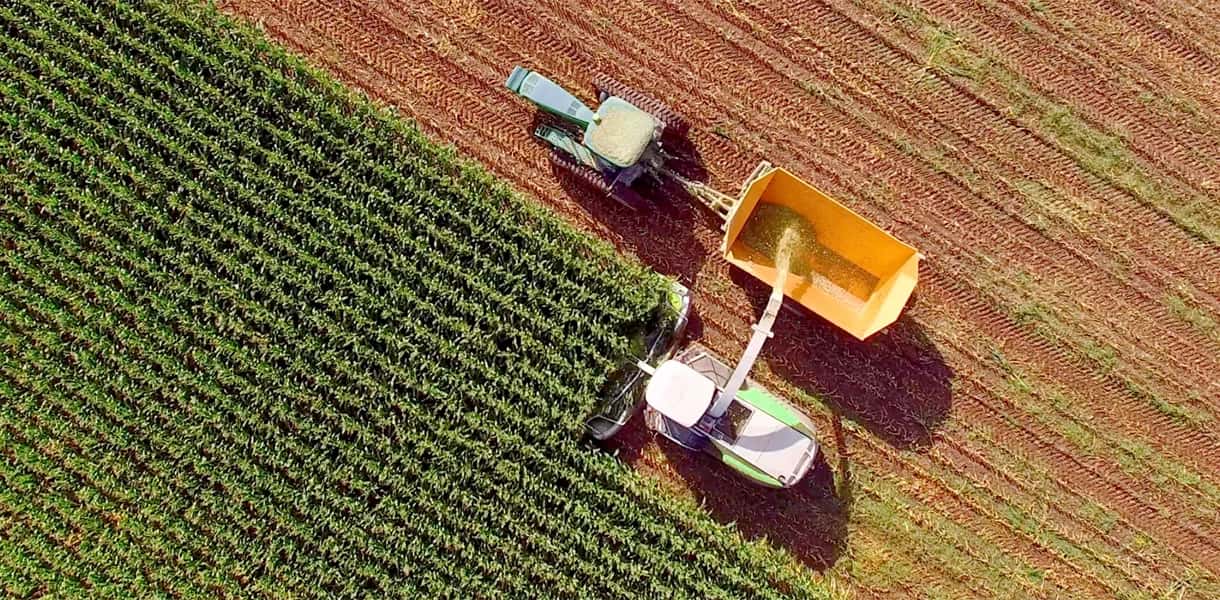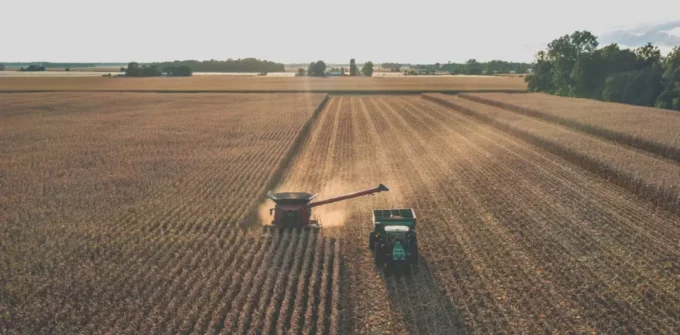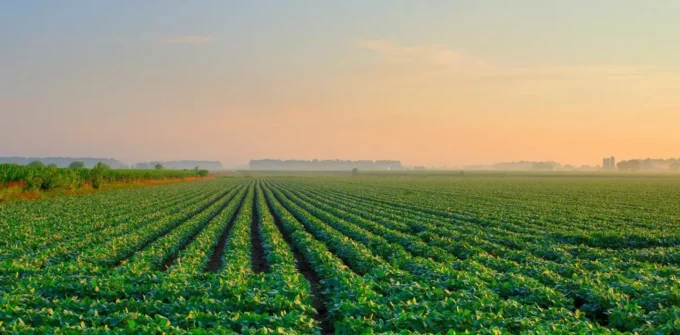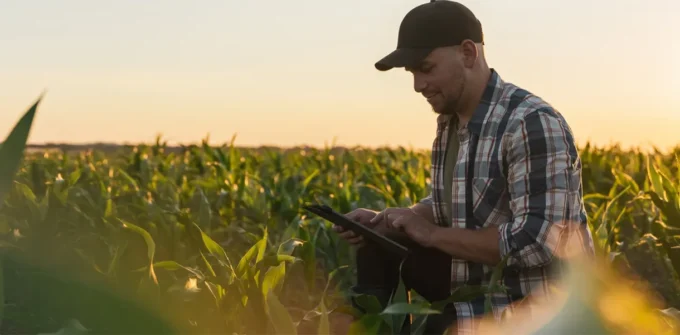You’re ready to buy farmland – but how much does an acre of land cost? The truth is, the value of an acre of farmland depends on many variables. Finding the value of an acre requires considering some very specific factors. It’s more than just the average cost of land per acre; intangible factors, like being next to an existing property or having a family history with the land, can also play a role.
Farmland Acreage Value Based on Key Factors
Soil, water, climate, and location are the top-level factors that determine the cost per acre. But to truly understand how to calculate land value, you need to dig deeper. Here’s a breakdown of the key factors affecting land value:
Soil Quality
The productivity and fertility of the soil significantly impact land value. High-quality soil with a Crop Production Index (CPI) score of 90 or above is considered top-tier and increases value. Think of it like this: healthy soil means healthy crops and higher profits.
Water Availability
Access to water resources, including rivers, lakes, and irrigation systems, is crucial for farming. A consistent water source can significantly impact the farmland cost per acre.
Location and Accessibility
Location, location, location! Proximity to markets, infrastructure, and transportation networks enhances value by reducing transportation costs and increasing profitability. The easier it is to get your crops to market, the better.
Climate
Local weather conditions influence crop types, growing season length, and overall produce quality. A favorable climate contributes to a higher land value calculator result.
Zoning and Land Use Regulations
These determine how the land can be used and developed, directly affecting the cost of land per acre.
Farmable Acreage
The proportion of total land that can be used for farming impacts value. More farmable acreage often translates to a higher cost per acre.
Current and Potential Income
The land’s current productivity and future yield potential are vital considerations in determining the average cost of land per acre.
Drainage
Good soil drainage affects crop health and yields, influencing land value.
Market Conditions
Commodity prices, land sales trends, and supply and demand dynamics all impact farmland values and the average land cost per acre.
Crop History
The crop history of the land can provide valuable insights into its productivity and potential, affecting its value.
Improvements
Features like irrigation systems, barns, and other improvements can increase land value.
Sustainability
How well the previous owners have cared for the land, including practices like proper fertilization and crop rotation, can significantly influence its value.
Government Policies
Government programs and subsidies can affect farm income and, consequently, land values.
Interest Rates
Lower interest rates generally support higher land values, making it more appealing to invest in farmland.
Strength of the Local Farming Community
The financial health of neighboring farmers can influence land prices. A thriving local farming community often indicates a strong market and stable land values.
Farmland Valuations Consider Many Elements
Many factors contribute to the cost of land per acre. There’s no single land appraisal calculator that can instantly determine the value of a property. Each piece of farmland is unique, and its value is a complex equation involving both tangible qualities, like soil health and water access, and intangible elements, such as its proximity to other farms or its history. Evaluating these factors requires careful consideration and a deep understanding of the agricultural landscape.
Get a Start on Finding the Value of a Parcel of Farmland with Our Farmland Intel Reports!
Want to learn more? Our Farmland Intel reports provide in-depth information and data to help you understand the value of farmland and make informed decisions.



